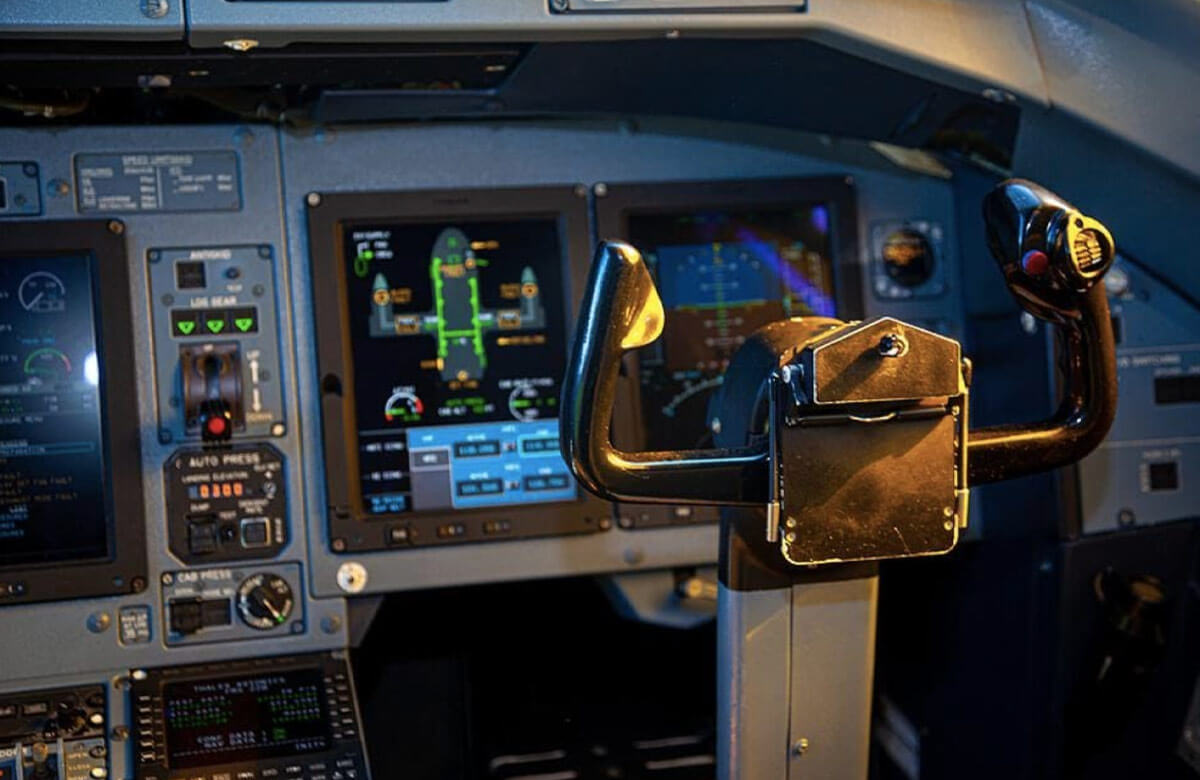This article was originally published here on Forbes.com.
Autopilot: Your Best Friend And Your Worst Enemy
You’re likely familiar with the typical responses to stress, exhaustion, and overwhelm: fight, flight, or freeze.
- Fight: Your self-protection mechanisms activate to meet obstacles head-on.
- Flight: Your inclination to escape quickly moves you away from stressful triggers.
- Freeze: Instead of moving toward a solution, you find yourself paralyzed.
There’s a fourth option—autopilot—which can be either your best response or among your worst in stressful situations.
The Duality of Autopilot
Going through the motions, and relying on engrained habits can sometimes be a lifesaver.
Other times, it can result in a crash-and-burn moment.
Knowing the difference is key to using your autopilot as a tool for finding your way out of a stressful, or overwhelming situation.
Understanding Autopilot
Autopilot is a piece of technology that, once programmed, steers a plane without human interference. It maintains settings like speed and altitude for as long as the plane has fuel in its tank. Autopilot systems free up the human pilot to focus on other aspects of flying, ruling out countless forms of human error.
Human Autopilot
When we talk about “being on autopilot” as humans, we’re referring to ingrained habits we rely on. It’s like when you drive home only to step out of your car and barely remember anything about your commute.
The Pros and Cons of Autopilot
Autopilot is an incredible evolutionary miracle, but it’s also got the potential to lead to wildly unproductive and unfulfilling activity.
To function on autopilot is to lack focus and clarity, only accomplishing the automized mundanities of your day-to-day. It’s the reason you’re bummed out, overwhelmed, overworked, and feel like you have lost control.
When Autopilot Takes Over
When that automatic feature starts slipping into more and more areas of your life—especially ones that need more conscious consideration—that functionality comes at a cost. It can even lead you to feeling that you’ve run out of options.
The most important question to ask in those circumstances is this: Have you really run out of options?
Using Autopilot as a Tool
These habits help you gain efficiency and focus—for freeing yourself up to put your attention where it’s needed most. You want to be able to use your brain to think through alternatives.
Your autopilot can’t do that for you, but it can offer the support that allows you to assess and determine what new options you may have.
Lessons From Pilots
Every pilot relies on:
- Relentless preparation
- Effective checklists
- Maintaining composure
- Staying calm under pressure
- Retaining the ability to execute and compartmentalize effectively
These skills help pilots navigate dangerous situations by knowing what is within our Span of Control—to get us through these dangerous situations.
Shifting Out of Autopilot
If you want to shift out of autopilot and into more intentional behavior:
- Spend more time noticing your own behavior
- Record your observations in notes or a journal.
Knowing when, and how, you slide into autopilot is a first step toward regaining control and consciously directing more of your attention to what matters most.







